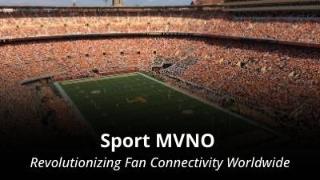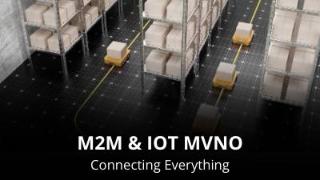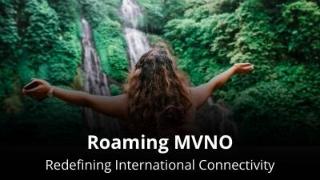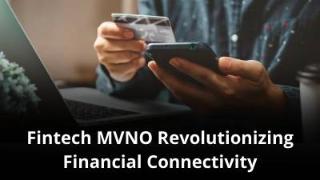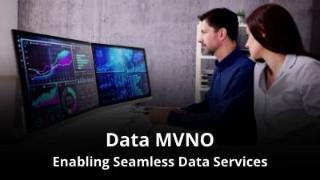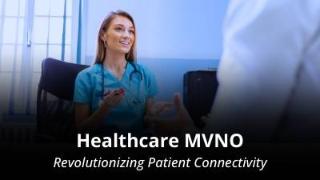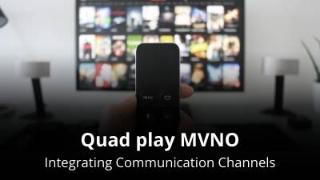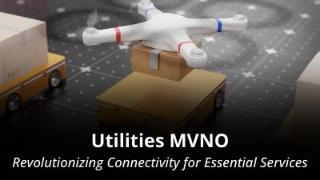Introduction about starting a Healthcare MVNO (Mobile Brand)
A Healthcare MVNO is transforming how patients and medical professionals connect, offering tailored mobile services to meet the unique needs of the healthcare sector. By providing reliable communication tools and innovative health applications, these MVNOs enhance patient care and streamline medical processes, creating a healthier community.
What do you need to know about starting a Healthcare MVNO/IOT
- What are the advantages and disadvantages ?
- What are the Revenue sources and Pricing strategy?
- What are suitable segments?
- What kind of Mobile bundles are typically used?
- What kind of ARPU can you expect?
- What is the Go-to-Market Strategy?
- What are some points to think of for the Marketing Plan?
- What kind of financing is to be expected?
- What kind of MVNO type is typically used?
- What is the expected time for the launch?
- What is the expected impact of 5G?
- What is the expected impact of eSIM?
- IOT and its Relation to Healthcare MVNOs
- Benefits of Launching Healthcare MVNO/IOT
- Frequently Asked Questions
- Summary
What are the Advantages and Disadvantages of a Healthcare MVNOs/IOT
Advantages: Healthcare MVNOs cater to a critical sector, providing essential communication services and health-related applications. Their focus on health services ensures a dedicated user base
Disadvantages: High regulatory standards and the need for secure and reliable services pose challenges. Meeting these demands requires significant investment in technology and compliance.
What are the Revenue Sources and Pricing Strategy
Revenue Sources: Subscription fees for specialized health services, partnerships with healthcare providers, and premium services for remote consultations and health monitoring.
Pricing Strategy: Competitive pricing for basic communication services, with premium rates for advanced health applications and services.
What are suitable segments for Healthcare MVNO/IOT?
- Hospitals and Clinics: Offering comprehensive communication solutions for staff and patients.
- Home Healthcare: Providing connectivity for remote patient monitoring and telehealth services.
- Older people Care: Tailoring plans with health tracking and emergency response features.
- Chronic Patients: Offering specialized plans with remote monitoring and regular health updates.
- Health-Conscious Consumers: Providing wellness apps and health management tools.
- Pharmaceutical Companies: Enhancing drug monitoring and patient adherence through connectivity solutions.
- Mental Health Services: Facilitating teletherapy and remote counseling sessions.
- Rehabilitation Centers: Offering communication tools for patient progress tracking and remote support.
- Medical Device Companies: Enabling connectivity for wearable health devices and remote diagnostics.
- Insurance Companies: Integrating health monitoring for personalized health plans and preventive care programs.

What kind of Mobile bundles are typically used for Healthcare MVNOs
Data: High demand for telehealth services, health apps, and patient monitoring systems.
Voice: Essential for consultations, emergency calls, and patient coordination.
SMS: Used for appointment reminders, health tips, and alerts.
What kind of ARPU can you expect for a Healthcare MVNO?
ARPU: Moderate to high.
Why: Healthcare MVNOs provide valuable health services and applications that users are willing to pay a premium for.
Where It Is Based On: ARPU is derived from the subscription to premium health services and remote consultation features, reflecting the added value these services bring.
You need to work out the details in your Financial Plan.

What is the Go-to-Market Strategy for a Healthcare MVNO?

Aggressive marketing campaigns focusing on the benefits of specialized health services. Utilize partnerships with healthcare institutions, digital marketing, and community outreach to build trust and attract users.
Target Audience: Healthcare providers, patients with chronic conditions, older individuals, and health-conscious consumers.
Pricing Strategy: Competitive basic plans with premium options for advanced health services.
Distribution Channels: Healthcare institutions, online platforms, and health-related events.
Promotion: Digital marketing, health awareness campaigns, and partnerships with medical professionals.
Customer Support: 24/7 support with a focus on health-related inquiries and services.
What are points to think of for the Marketing Plan for a Healthcare MVNO?
Focus on integrating health services, ensuring robust patient data security, and creating partnerships with healthcare providers and wellness apps to highlight the unique health benefits offered by your MVNO. You need to work out below points in your Marketing Plan.
USP:
Unique health services integrated with mobile communication.
Content Creation:
Educational content on health benefits and service usage.
Promotions:
Discounts for healthcare workers, introductory offers for new users, and bundled health plans.
Partnerships:
Collaborations with hospitals, clinics, and health organizations.
Feedback Loop:
Regularly gather feedback from users to improve health services and address issues.

What kind of financing is to be expected for Healthcare MVNOs?

Financing: Moderate to High
Depending on the scope of health services and technology investment. Initial funding required for secure infrastructure, health application development, and regulatory compliance.
You need to work the details in your Financial Plan.
What kind of MVNO type is typically used for Healthcare MVNOs?
MVNO Type: Light MVNO
Healthcare MVNOs benefit from some control over their service offerings to ensure data security, compliance with health regulations, and tailored health-related features. This type enables seamless integration of telehealth services and remote monitoring, providing comprehensive solutions for healthcare providers and patients.
See also: Different types of MVNOs
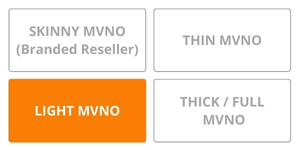
What is the expected time to launch for Healthcare MVNOs?
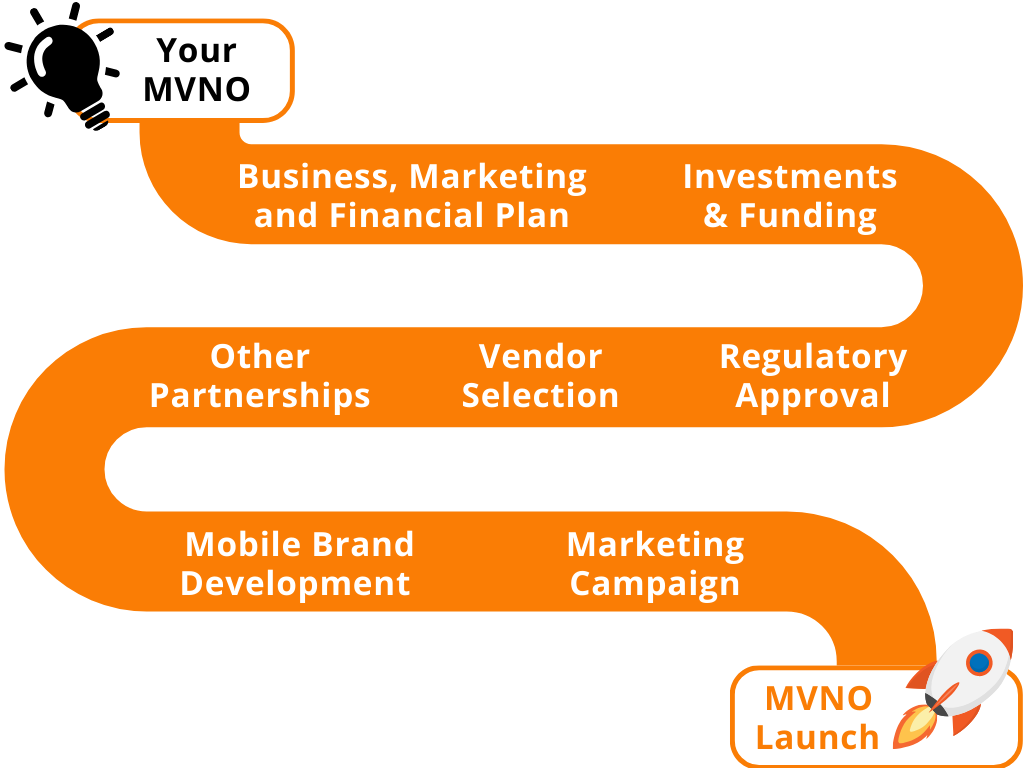
Expected Time to Launch: 6-12 months
Building strong partnerships with sports leagues, developing a feature-rich mobile platform, and creating engaging content necessitate careful planning and execution. Utilizing advanced technologies like AI-driven fan engagement tools and seamless mobile app interfaces can expedite the launch process, ensuring fans can connect with their favorite sports faster and more efficiently than ever before.
You might be able to expedite the launch process with a specific Strategy: For example, focus on pre-negotiating partnerships with sports leagues and influencers, enabling a swift transition into operations. Implement agile development methodologies, breaking down the project into manageable tasks, and leveraging cloud technologies for scalable solutions. Automation of repetitive tasks, such as customer onboarding and billing processes, ensures operational efficiency. Prioritize the development of a Minimum Viable Product (MVP) that includes essential features, allowing for a quicker launch while remaining responsive to market needs. Collaborate with experienced professionals and technology partners who specialize in telecommunications solutions. By adopting these strategies, your Sport MVNO can launch rapidly, providing sports enthusiasts with an immersive and engaging mobile experience.
What is the expected impact of 5G for Healthcare MVNOs?
The rollout of 5G networks presents a transformative opportunity for Sport MVNOs. With high-speed and low-latency connectivity, fans can enjoy real-time virtual reality experiences, live 360-degree streaming of matches, and interactive fan engagement features. This enhanced connectivity will elevate the overall fan experience, making sports events more immersive and engaging for enthusiasts. For more details see the Mobile Network section.

What is the expected impact of eSIM for Healthcare MVNOs?
IOT and its Relation to Healthcare MVNOs
Healthcare MVNOs, focused on providing connectivity and digital health solutions, can leverage IoT to transform patient care, improve operational efficiency, and enhance the overall healthcare experience. While the original text focused on entertainment and fan engagement, Healthcare MVNOs can utilize IoT for entirely different, health-centric applications. Here’s how:
Wearable Technology and Remote Patient Monitoring: Instead of tracking fan activity, wearable devices like smartwatches, fitness trackers, and specialized medical sensors can be used for remote patient monitoring. These devices can collect data on vital signs, activity levels, sleep patterns, and other health metrics, allowing healthcare providers to monitor patients remotely, detect potential health issues early, and provide timely interventions.
Data Analytics and Personalized Medicine: Instead of analyzing fan behavior, Healthcare MVNOs can use data analytics to personalize treatment plans and improve patient outcomes. Data collected from connected devices and electronic health records can provide insights into patient health trends, treatment effectiveness, and potential risks. This data can be used to develop personalized treatment plans, predict potential health issues, and improve the overall quality of care.
Emergency Response and Telemedicine: IoT can play a critical role in emergency situations by providing real-time location information and enabling rapid communication between patients and healthcare providers. Connected emergency response systems can quickly dispatch ambulances and other emergency services to the scene of an accident or medical emergency.
Smart Hospitals and Enhanced Healthcare Operations: Instead of focusing on entertainment venues, IoT sensors can be deployed throughout hospitals and healthcare facilities to monitor various aspects of the environment and operations. Sensors can track equipment location, monitor room temperature and humidity, and optimize resource allocation. This can improve operational efficiency, reduce costs, and enhance patient comfort.
Connected Medical Devices and Telehealth: IoT enables remote consultations and telehealth services by connecting medical devices such as blood pressure monitors, glucose meters, and ECG machines. Healthcare MVNOs can provide the secure and reliable connectivity necessary for these devices to transmit data to healthcare providers, facilitating remote diagnoses, treatment plans, and follow-up care.
Medication Adherence and Management: IoT-enabled smart pill dispensers and medication tracking systems can help patients adhere to their medication schedules. These devices can provide reminders, track medication intake, and notify healthcare providers of any missed doses. This can improve medication adherence and prevent adverse health events.
Supply Chain Management and Logistics: IoT can be used to track the movement of medical supplies and pharmaceuticals, ensuring timely delivery and preventing shortages. This can improve supply chain efficiency and reduce costs.
By integrating IoT data and services into their offerings, Healthcare MVNOs can transform healthcare delivery, improve patient outcomes, and enhance the overall healthcare experience. They can differentiate themselves by demonstrating a clear commitment to improving healthcare access and quality through technology.
Benefits of Launching Healthcare MVNO/IOT
Increased Patient Engagement and Adherence: Offer mobile apps and connected devices that empower patients to actively manage their health. For instance, this could include medication reminders, personalized health tips, and access to telehealth consultations. This, therefore, promotes better medication adherence, improves patient engagement in their own care, and ultimately leads to healthier outcomes.
Improved Operational Efficiency for Healthcare Providers: Provide secure and reliable connectivity for telehealth services, remote diagnostics, and electronic health record (EHR) management. This streamlines workflows, reduces administrative overhead, and improves communication between healthcare professionals, thereby creating cost savings and boosting efficiency within healthcare systems.
Data-Driven Insights for Personalized Medicine: Leverage data collected from connected devices to generate valuable insights into patient health trends and treatment effectiveness. Consequently, this data can be used to develop personalized medicine approaches, predict potential health risks, and improve the overall quality of care, leading to more effective treatments and better patient outcomes.
Enhanced Patient Monitoring and Care: Offer connected medical devices and remote patient monitoring solutions, enabling continuous data collection and proactive interventions. This, in turn, allows for improved patient outcomes, reduced hospital readmissions, and more personalized care plans, ultimately enhancing the value proposition for healthcare providers and patients alike.
Remote Patient Monitoring with Wearable Sensors: Expand remote patient monitoring capabilities by integrating with a wider range of wearable sensors that track various health metrics.
Connected Medical Devices for Home Healthcare: Offer connectivity solutions for connected medical devices used in home healthcare, such as insulin pumps, blood pressure monitors, and oxygen concentrators.
Frequently Asked Questions
How can a Healthcare MVNO effectively integrate health services into their offerings?
By partnering with healthcare providers and leveraging advanced health applications to offer telehealth, remote monitoring, and wellness tools.
What strategies can a Healthcare MVNO employ to attract and retain users?
Focusing on the unique health benefits, reliability, and convenience of their services, and actively engaging with the health community through partnerships and promotions.
What financial considerations are involved in launching a Healthcare MVNO?
Significant investment in technology, regulatory compliance, and partnerships with healthcare institutions is essential to ensure secure and effective health services.
How can a Healthcare MVNO capitalize on emerging technologies?
Leveraging 5G for faster data services and eSIM for simplified user onboarding, enhancing the overall user experience and expanding service offerings.
Summary
Healthcare MVNOs play a crucial role in connecting patients and healthcare providers through specialized mobile services. By focusing on health-related applications and secure communication, they meet the unique needs of the healthcare sector, offering reliable and valuable services to a dedicated user base.

